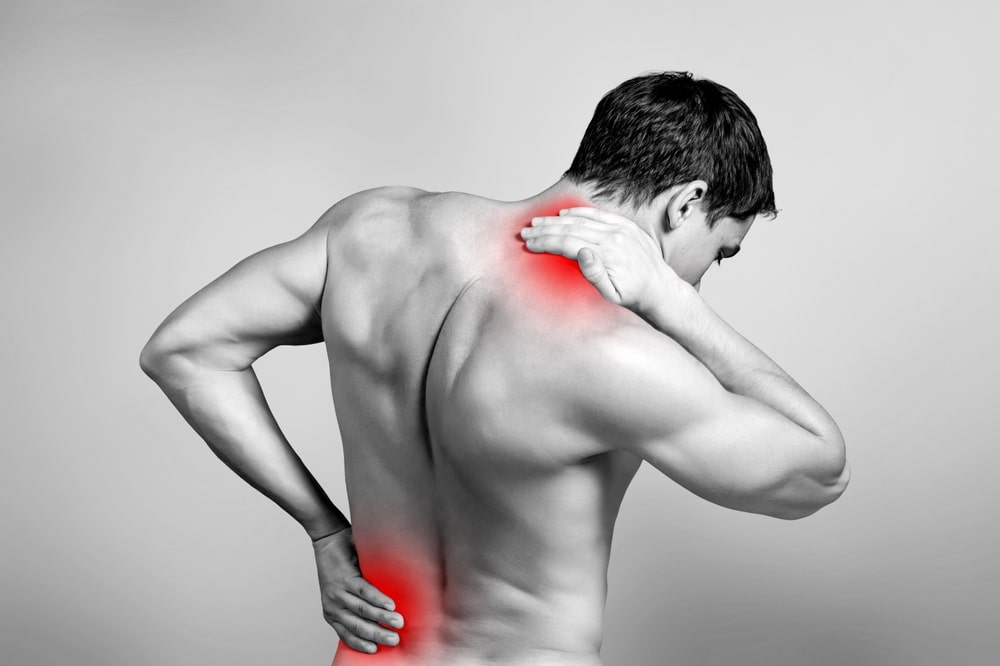Fractures and joint injuries
Fractures of the hand and wrist are extremely common. Wrist bones are the most commonly broken bones in patients under 65 years of age. Symptoms of hand and wrist fractures include pain and swelling around the affected area, as well as deformity of the wrist, in wrist fractures.
Typically, treatment for hand and wrist fractures involves the use of casts or splints. However, surgery may be considered in some situations to re-align the bones, keep them in place and aid healing. Surgical options can include the use of small metal pins, or metal plates and screws. An external fixator may also be used to immobilise the bone in wrist fractures.
Carpal tunnel syndrome
Carpal tunnel syndrome occurs when the median nerve is pinched in at the wrist. The median nerve is the main connection from the brain and spinal cord down to the finger tips. This nerve controls sensory information on the palm of the hand and the fingers. Squashing (compression) of the nerve will prevent the nerve from working properly.
Symptoms may include pain around the hand, and numbness, tingling, itching or burning sensation on the skin. A muscle weakness around the wrist can also occur. Medications can be used to reduce inflammation, along with a wrist brace to stabilise the nerve. If the problem continues, an operation (carpal tunnel release) may be performed as a day-case surgery.
Tendonitis and tenosynovitis
Wrist tendonitis (tenosynovitis) is a common condition, involving irritation and inflammation of the tendons around the wrist joint. DeQuervain’s tenosynovitis is one type of wrist tendonitis, which affects tendons at the base of the thumb. Common symptoms of tendonitis are pain over the affected area and swelling of the surrounding soft-tissues.
Patients may be given a wrist splint or a cast, ice, anti-inflammatory medicines and cortisone injections to treat the condition. If these fail, surgery can be used to release the tight tendons, and to remove the inflammatory tissue, to allow more space for the tendon.
Dupuytren’s contracture
Dupuytren’s contracture is an inherited condition affecting the hand. It occurs when the fibrous skin tissue beneath the palm of the hand thickens and shortens. This causes the tissue to contract, pulling the fingers inwards towards the palm, making it difficult to extend and straighten them.
Painful lumps may develop on the palm. Affected fingers can become permanently bent into the palm, limiting hand function. Milder symptoms may not always need treatment, however, minimally invasive procedure can be used to release the contracted tissue and restore hand function
Ganglions
A ganglion cyst is the most common type of swelling on the hand. Ganglion cysts are not cancerous and while they may vary in size, they will not spread to other parts of the body. Ganglions usually occur over the back of the hand or wrist, but can appear on the palm.
Some ganglion cysts can become inflamed, putting pressure on nearby nerves, and may become unsightly. One method of removing ganglions involves inserting a needle into the ganglion cyst and extracting the fluid, however the cyst often returns. Surgery tends to be a more effective way of removing ganglions.
Rheumatoid arthritis
Rheumatoid arthritis is one form of arthritis , in which inflammation is a significant finding. Two-thirds of patients with rheumatoid arthritis have wrist and hand problems. Rheumatoid arthritis causes inflammation of joints, which can lead to the destruction of normal bones and cartilage. Stiffness, swelling, and pain are symptoms common to all forms of arthritis. Classic features of rheumatoid arthritis in the hand or wrist also include:
- Firm nodules along fingers or the elbow
- Soft lump on the back of the hand that moves as the fingers straighten
- Angulation or collapse of fingers
- Sudden inability to straighten or bend a finger
Removal of the inflamed joint lining, use of joint replacements, and joint fusions are potential treatments for rheumatoid arthritis. In certain cases, preventive surgery may be recommended. If a tendon ruptures, surgery can be used to repair the tendon with a tendon transfer or graft.
Thumb arthritis
Thumb arthritis is one of the most common places in the body for premature wearing of the joint (osteoarthritis). Thumb arthritis usually occurs at the joint found at the base of the thumb, where the thumb meets the wrist. This joint is particularly used when trying to grip or pinch.
Common symptoms include: pain and swelling at the base of the thumb; a grinding sensation when moving the thumb, limited motion of the thumb and difficulty gripping. Thumb arthritis is more common in women than men. Anti-inflammatory treatments, thumb splints or braces, and cortisone injections are initial treatment options. Surgery can be helpful in severe cases of thumb arthritis.
Trigger finger
Trigger finger (stenosing tenosynovitis) is a common condition that occurs when a finger gets stuck in a bent or flexed position, and then suddenly snaps straight – like pulling a trigger. Trigger finger is caused by a nodule, or knot developing in a tendon connecting the finger bone to the muscle of the forearm.
A trigger finger may resolve on its own. Splints, physiotherapy and steroid injections into the tendon can be used to treat the condition. Surgery can also be used to release the tendon.




